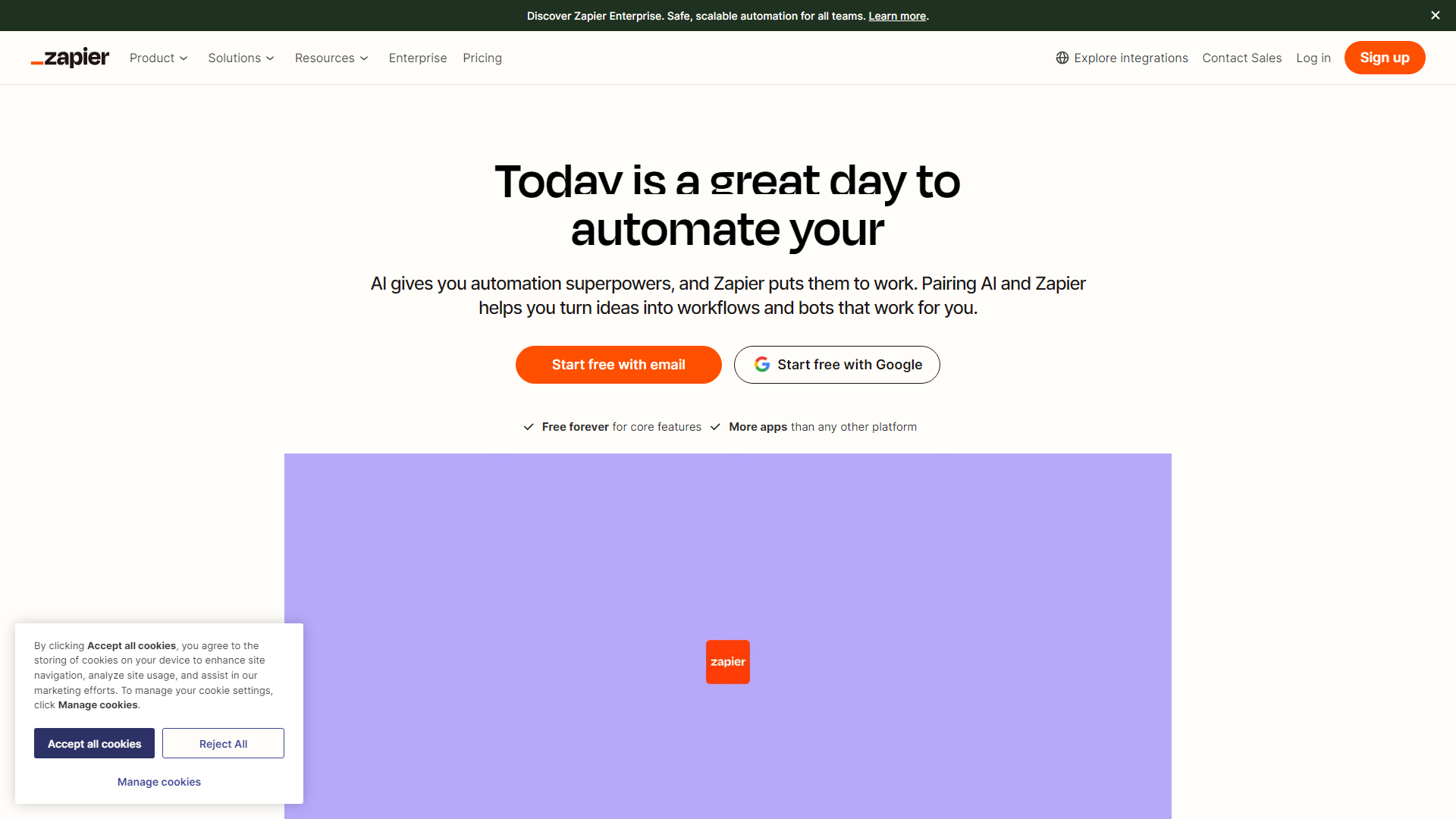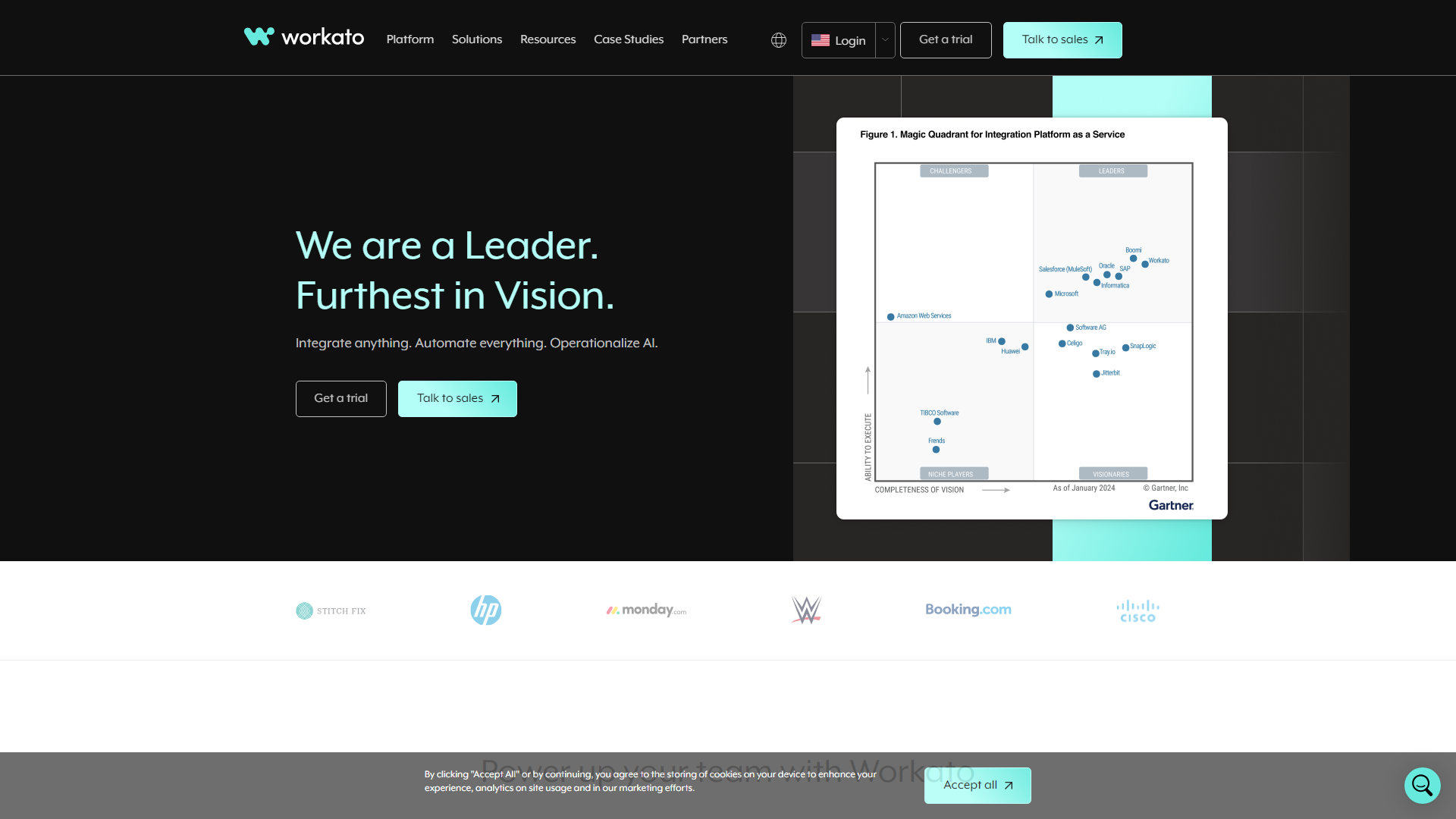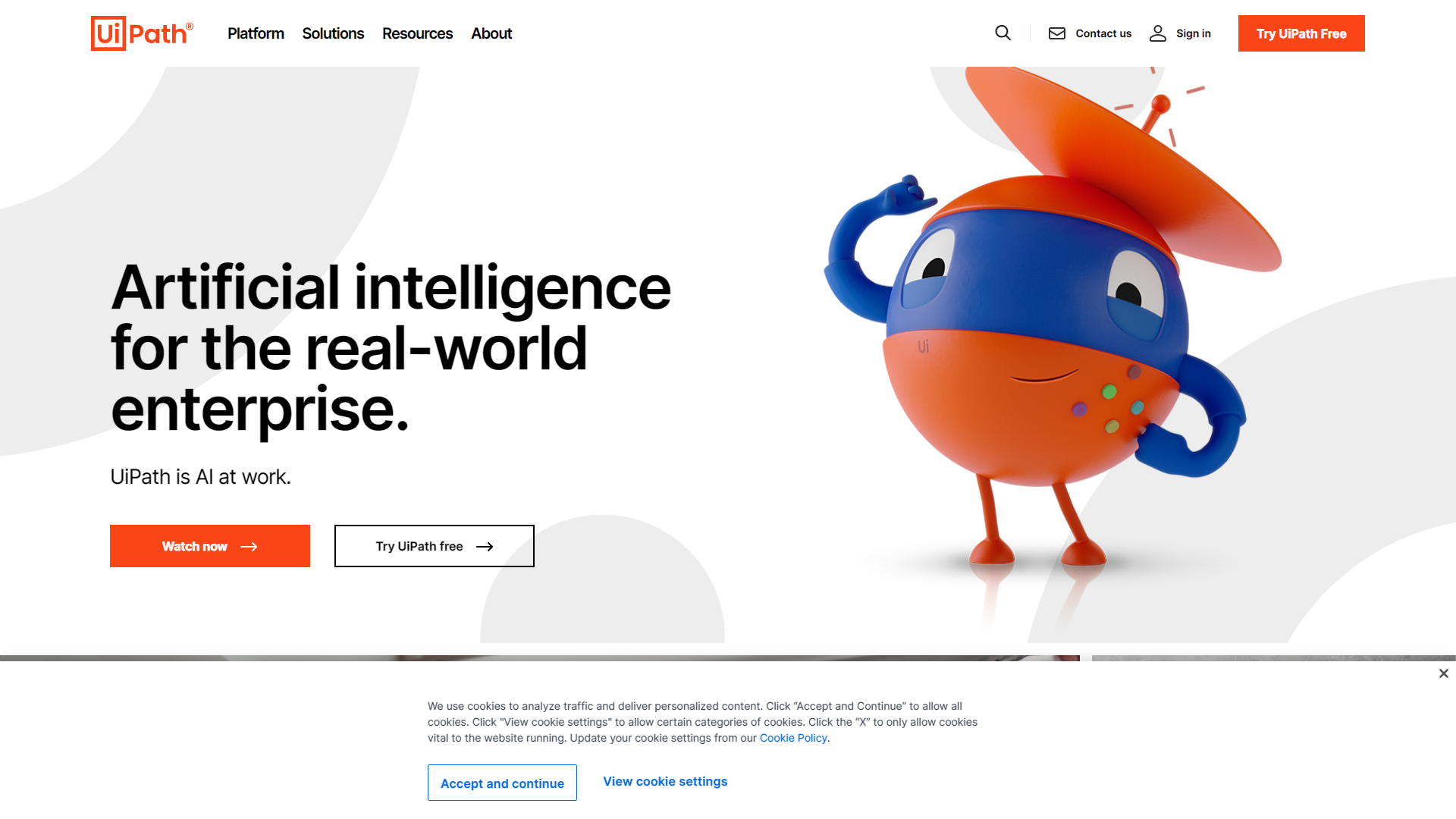Why should you watch this video?
This video provides a compelling insight into the current capabilities and future potential of robotics in manufacturing, revealing how automation can revolutionize industries and impact the workforce.
Key Points
The video explores the advancements in robotics and automation within the manufacturing sector, focusing on how robots like those at Wootzano are being used to perform tasks traditionally done by humans, such as harvesting fruits and packaging them. It highlights the concept of “dark factories,” where operations can run 24/7 without human intervention. The narrative also touches on the challenges and milestones of integrating automation, as exemplified by companies like Amazon and Tesla, and discusses the broader implications for the workforce and global manufacturing competitiveness. The discussion extends to the impact of COVID-19 on accelerating automation adoption, the potential job displacement, and the critical need for re-skilling workers for more fulfilling roles alongside robots.
Broader Context
This discussion sits at the intersection of technological advancement and its societal impacts, reflective of a larger trend towards automation that promises efficiency and productivity gains but also presents challenges in terms of employment and the future of work. It echoes historical shifts seen during the Industrial Revolution but on a digital and robotic scale. As we navigate towards more automated futures, the dialogue around robots and humans working in tandem underscores a pivotal moment in redefining labor, skill sets, and economic structures for a sustainable and technologically advanced society.
Q&A
-
What is a “dark factory”?
A dark factory is a fully automated manufacturing facility that operates without the need for human presence, allowing for continuous production 24/7. -
How did the COVID-19 pandemic influence the adoption of robots?
The pandemic accelerated robot adoption as companies recognized that machines could not contract or spread the virus, presenting a reliable alternative to human labor during uncertain times. -
What are the implications of automation on employment?
While automation is expected to displace 83 million jobs over the next five years, it’s also projected to create 69 million new jobs, indicating a shift towards different types of employment rather than outright job loss.
Deep Dive
The concept of “digital twins” represents a fascinating leap in manufacturing technology, allowing for the creation of virtual replicas of physical systems. These digital models enable engineers to simulate, test, and optimize processes in a virtual environment, significantly reducing the risks and costs associated with physical prototyping and troubleshooting. This technology not only enhances operational efficiency but also serves as a critical tool in the seamless integration of robotics and automation into manufacturing processes.
Future Scenarios and Predictions
The trajectory towards fully automated, or “lights out,” manufacturing seems inevitable, driven by advancements in robotics, artificial intelligence, and smart technologies. As these technologies become more sophisticated and accessible, we can expect to see an increase in dark factories. Additionally, the integration of collaborative robots (cobots) in workplaces highlights a future where human and machine labor complement each other, leading to more efficient, sustainable, and adaptable manufacturing environments. The evolution towards automation will also necessitate significant investment in skill development, ensuring that the workforce is equipped to thrive in an increasingly automated world.
Inspiration Sparks
Imagine a future where every home has a small, personalized robot assistant capable of performing various tasks, from cooking to cleaning to even offering companionship. Design a concept for such a robot, considering the ethical implications, potential societal impact, and how such technology could reshape everyday life.





